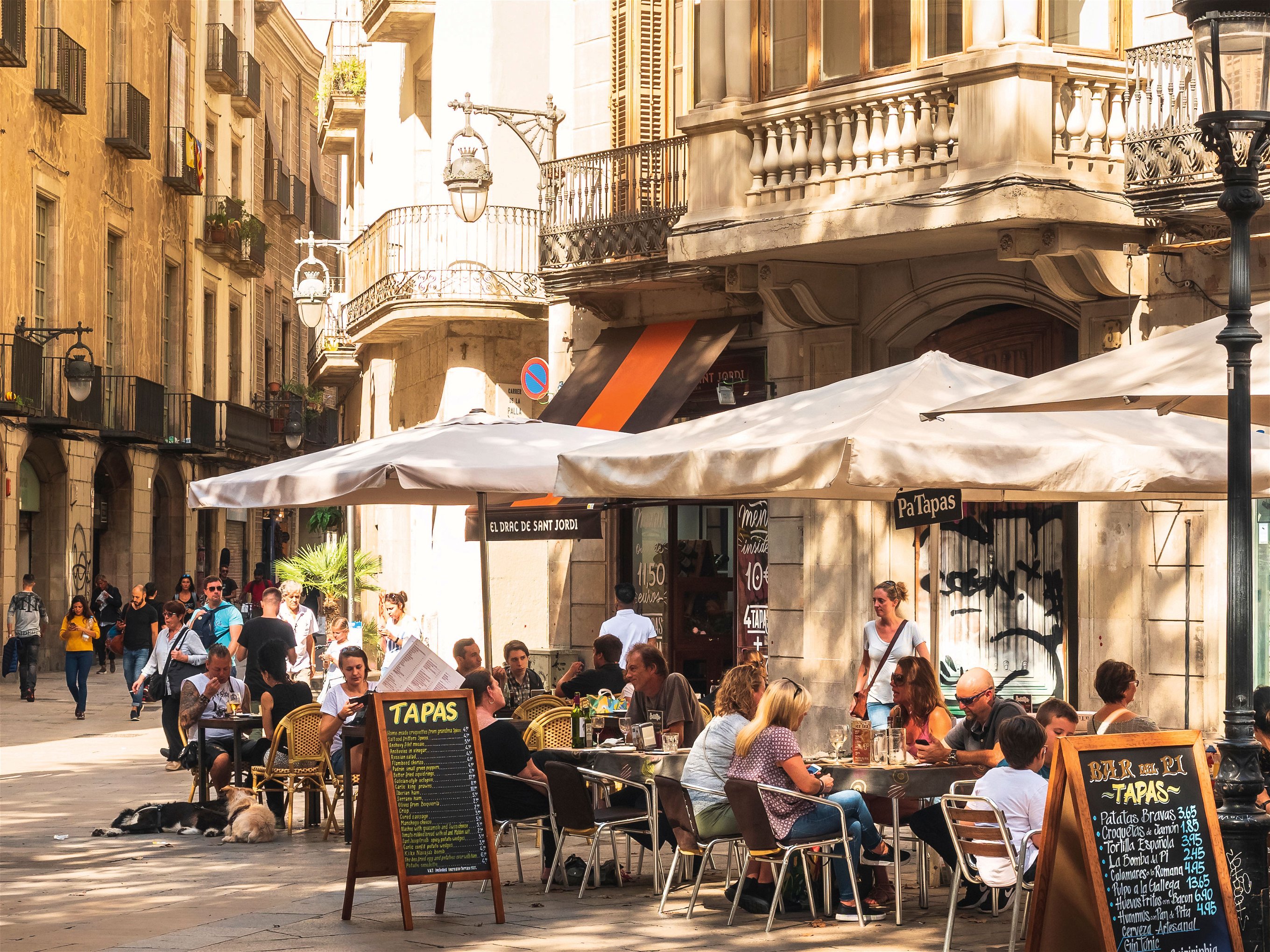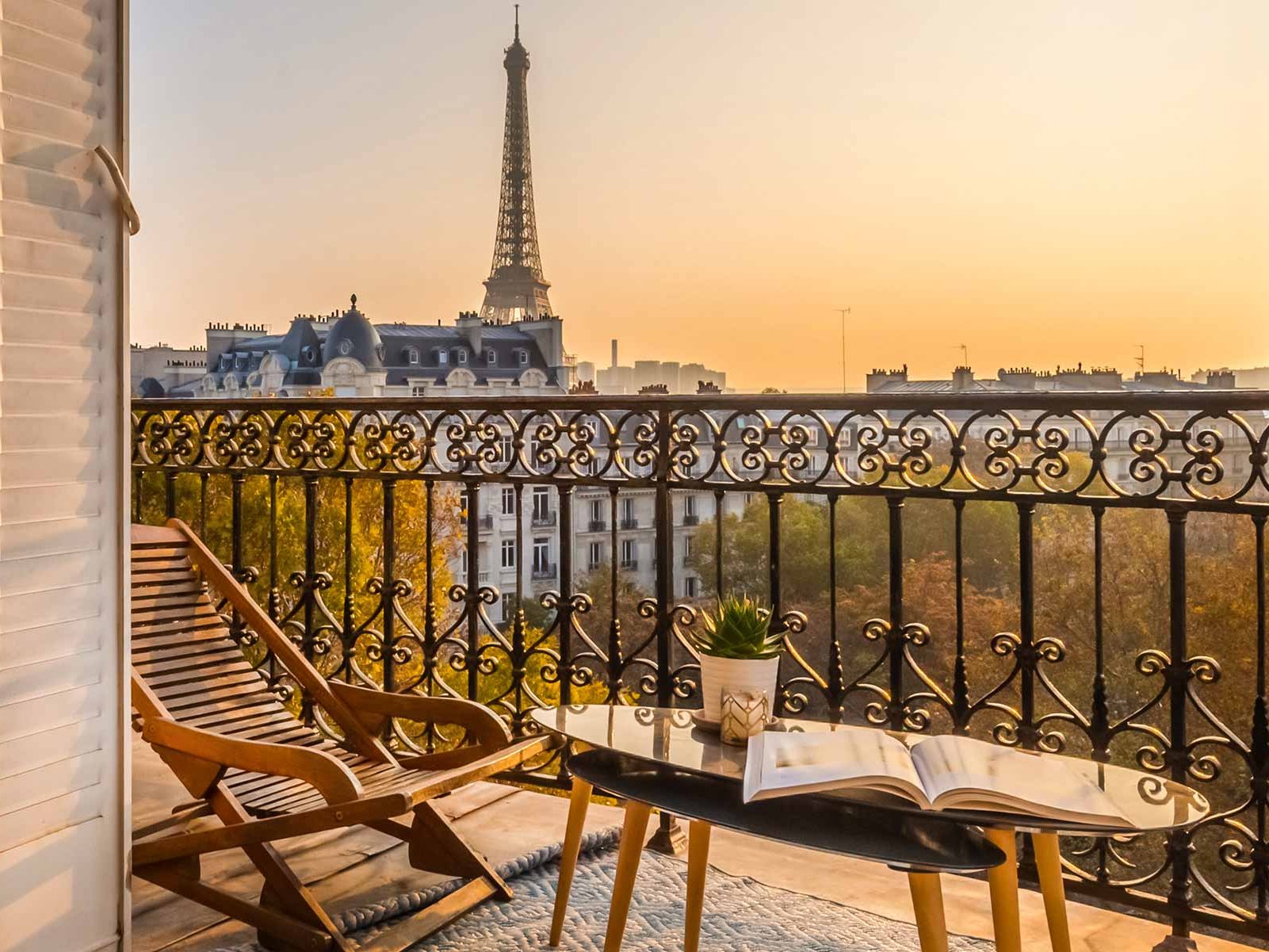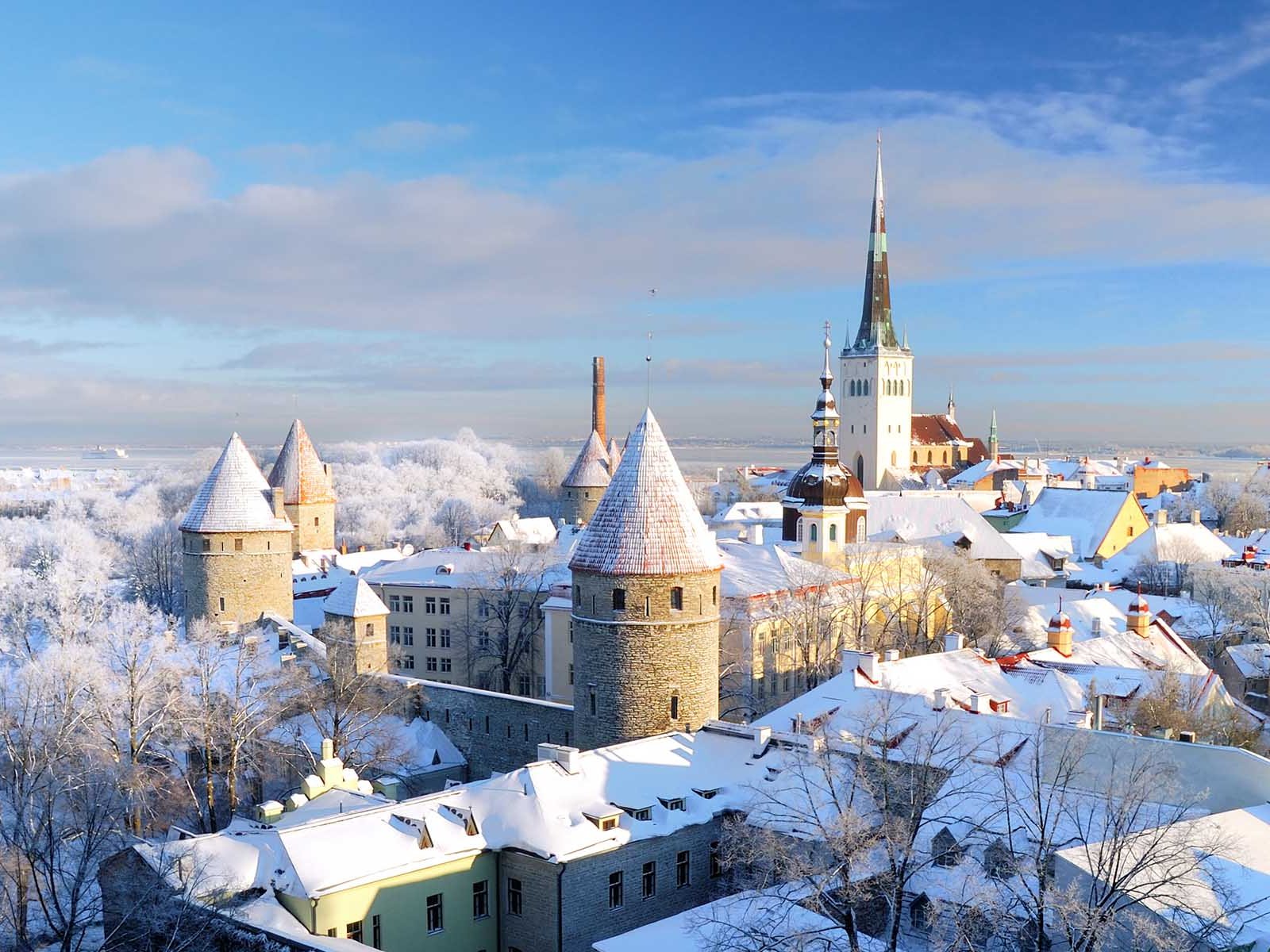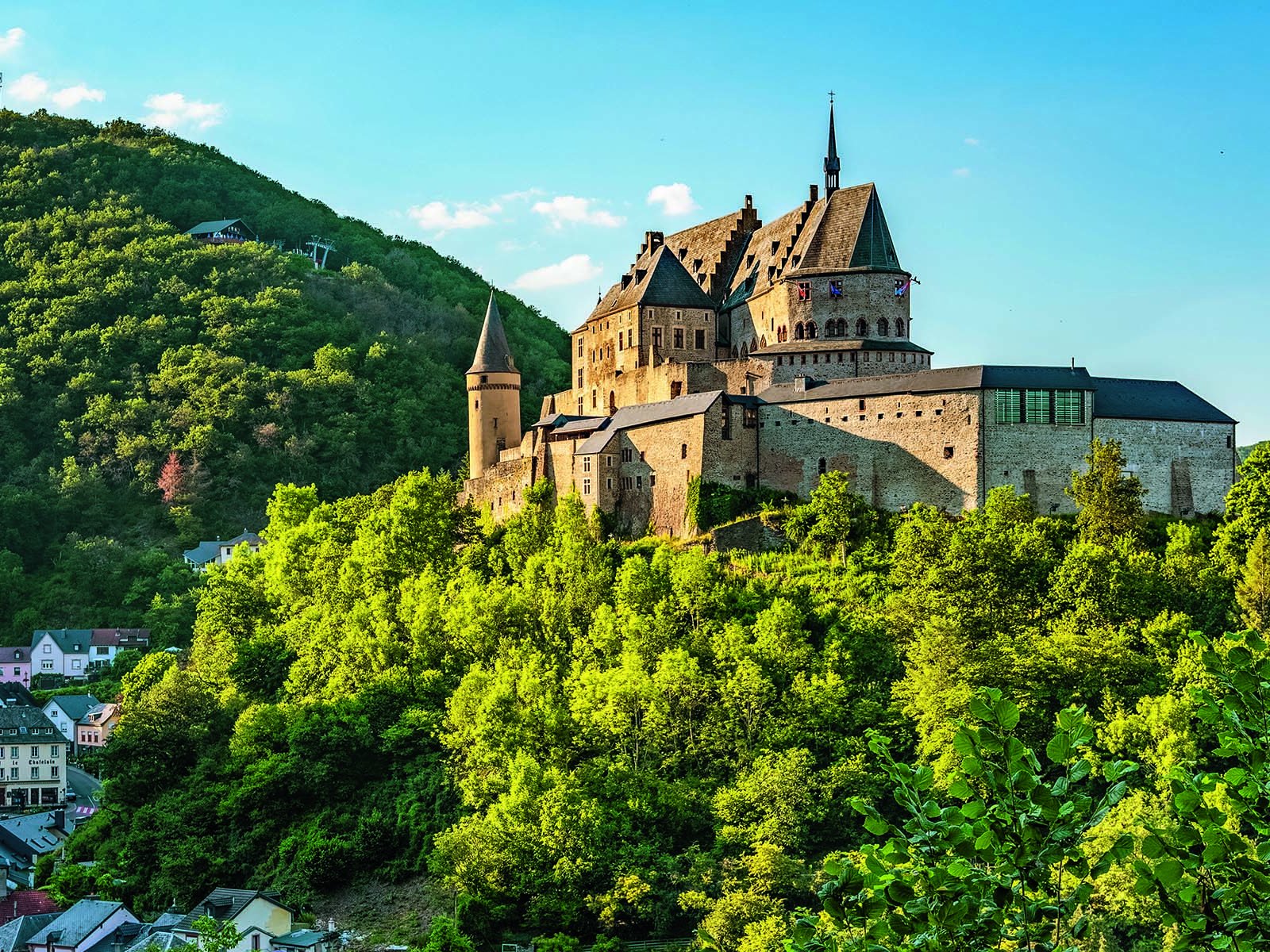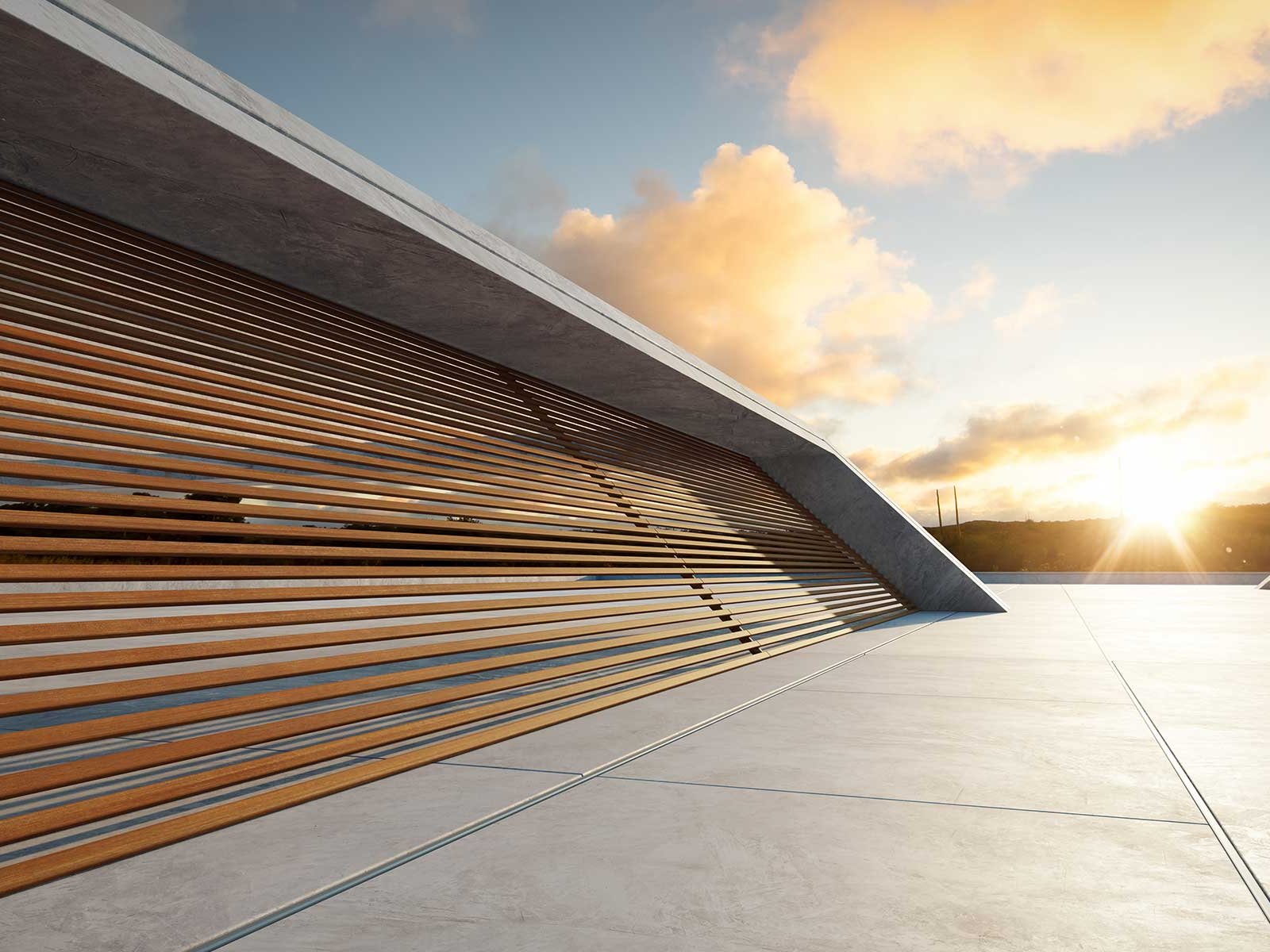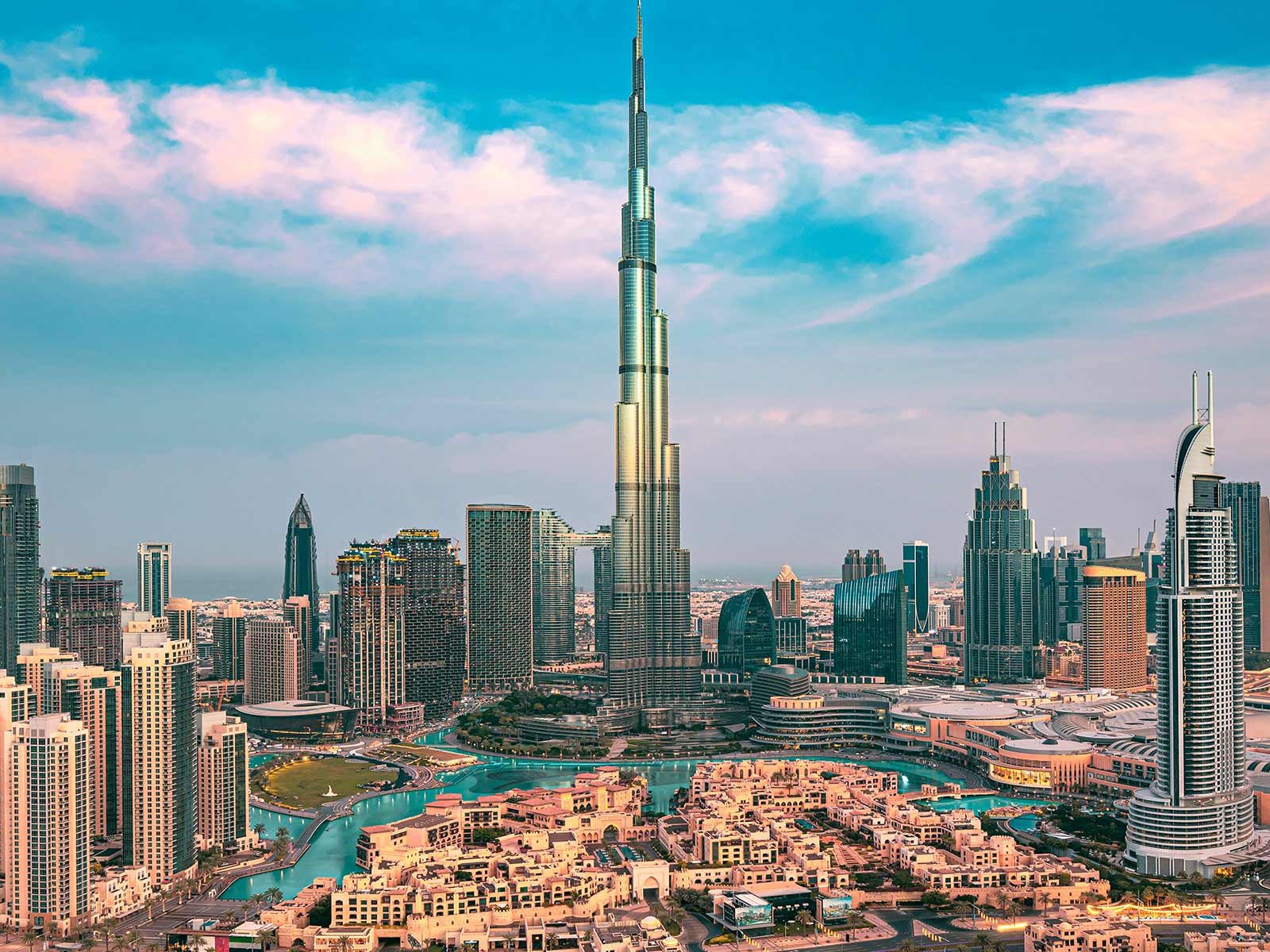Berlin: a laboratory for culinary trends
When it comes to culinary trends, from natural wines to vegan food, there's no ignoring Germany's largest city, Berlin.
The land of milk and honey exists, and it is located on Tauentzienstrasse in Berlin's Schöneberg district, on the sixth floor of a magnificent department store. We are talking about Kaufhaus Des Westens, or "KaDeWe" for short, and the legendary offering of its delicatessen department is not really news for gourmets in Germany. But what has opened in recent months, the inauguration of the so-called "new quadrant", deserves a closer look.
On the one hand, it represents a first: the first roof terrace in the history of KaDeWe. It belongs to Fischkutter restaurant, which offers 40 seats with a view of Kurfürstendamm, one of the most famous avenues in Berlin. Fish and seafood are delivered here three times a week, meaning you are unlikely to find fresher goods anywhere else in Berlin. The legendary oyster bar, which serves nine different oysters as well as Krug Champagne by the glass (€42), has found an ideal complement in the elegant caviar bar Pearlossol – those who have had reservations about these fine fish eggs will quickly lose them here thanks to unusual flavour combinations. More than 30 eateries can be found on the "Sixth", a world-class patisserie, an in-house bakery with 15 varieties of baguette and the grandiose wine selection under the direction of Hagen Hoppenstedt and many other culinary attractions are part of it.
KaDeWe is a magnet for shoppers from all over the world and a special case in the upmarket culinary offerings of the German capital. However the range available in the "Sixth" reflects the diversity and versatility of Berlin, which remains Germany's undisputed capital for gourmets and foodies.
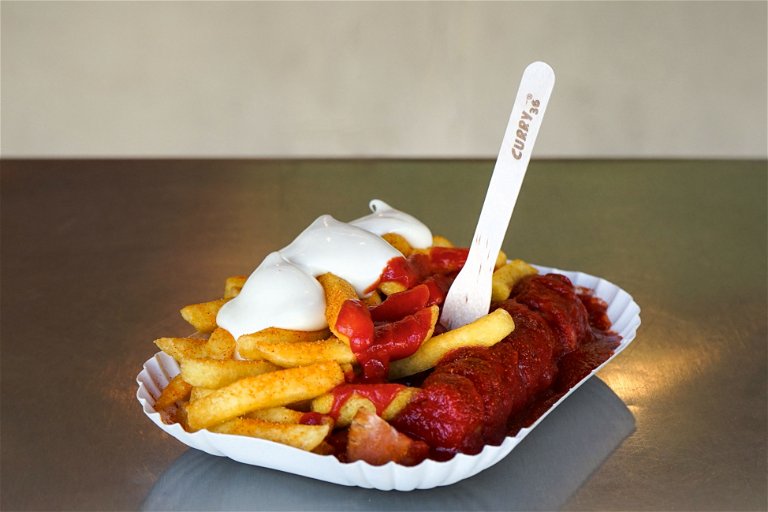
From authentic Sichuan cuisine with a great wine list at Hot Spot to the empire of The Duc Ngo (Madame Ngo, Cocolo Ramen etc) to Buddhist temple cuisine at Oukan – nowhere else in the country can you get such a concentration of sophisticated ethnic cuisines as in Berlin. There are also convincing trend concepts as the rice pudding bar Moriz, gourmet fries with a star touch at Goldies – not to mention Berlin fast food like the famous curry sausage (now also available in a vegan version) and kebabs of every variety imaginable.
In the top segment, Berlin's gastronomy still has some catching up to do compared to metropolises like London and Paris, but with Rutz it has a restaurant that has counted itself among the best in the world for the past two years. Marco Müller creates great taste experiences from mainly regional ingredients with an insanely high level of effort. An ex-employee of Rutz, Sophia Rudolph, has set up her own business and runs one of the hottest restaurants in the capital: Lovis, which is located in a former women's prison just outside the Lietzensee.
On the other side of the city, in Kreuzberg, the team from Nobelhart & Schmutzig recently rejoiced at their place in the Worlds 50 Best list, which ranked the unconventional restaurant 17th – the top restaurant in Germany.
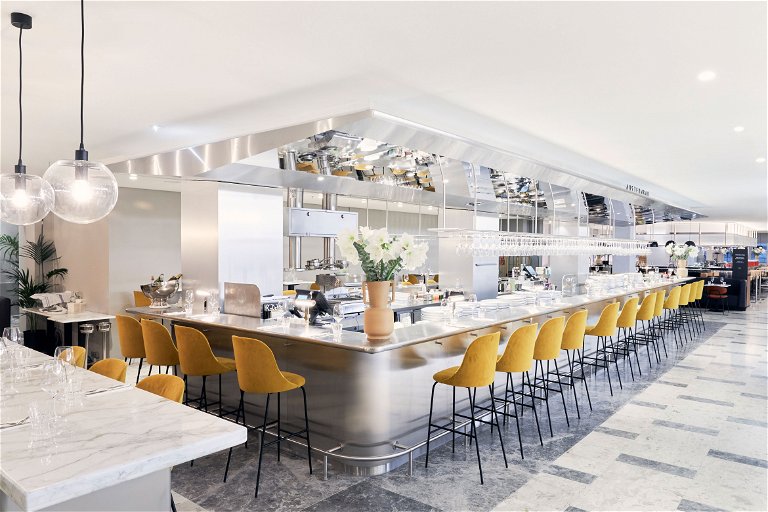
Vineyards
First of all: yes, there are vines in Berlin. During the medieval warm period, several thousand hectares are even said to have been planted with vines in the Brandenburg hinterland and on the outskirts of the city; street names such as Weinmeisterstrasse in Mitte or Weinstrasse in Friedrichshain recall such use of the land. Today, there are smaller vineyards in many parts of the city, the most famous is on Kreuzberg in the middle of the city, the largest with 1,500 vines is in Britz in the south of Neukölln.
Berlin's wine scene has developed wonderfully over the last 20 years. Since Berlin is young and urban, wine bars are sprouting like mushrooms – especially those that stock alternative wines and unconventional discoveries. Freundschaft (in Mitte), Jaja (in Neukölln), Kontraer (in Prenzlauer Berg) and many others have a loyal regular clientele: they all combine snappy sayings and fast-paced Berlin joie de vivre with a high degree of wine competence.
But classics have also survived, such as Kurpfalz-Weinstuben in Charlottenburg, where a classic wine programme has been offered to connoisseurs in dim lighting for almost a century. In Mitte there is also the first wine bar founded in the eastern part of the city shortly after the fall of the Berlin Wall, Nö!, with a concept that now seems a little out of date, but still has charm and is successful.
With KaDeWe and Galeries Lafayette, Berlin also has two department stores whose wine departments are first class. In KaDeWe, Hagen Hoppenstedt, the former maître d'hôtel Adlon Kempinski Berlin, was involved in the renovation. Lafayette was the first branch of the French chain outside of France when it opened in 1996 in a spectacular new building designed by architect Jean Nouvel. It began with lofty wine ambitions, which over the years, have been continually adapted to demand – in other words: reduced. Nevertheless, the wine shelves are still worth a look; you can find some wines here, especially in the mid-price segment, that would otherwise be difficult to find in Germany. Its on-site bar is also popular – at peak times, it is usually hard to get a seat at the Francophile-friendly bar.

